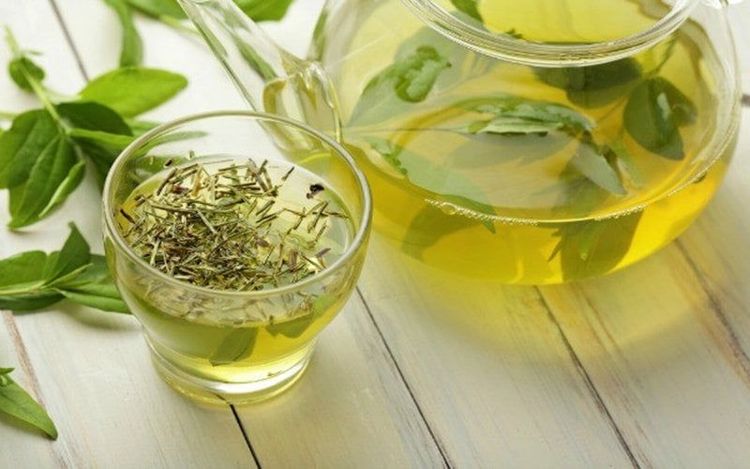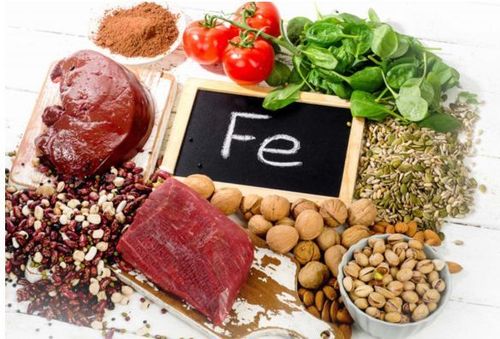Tea has long been one of the most popular beverages worldwide. Known for its pleasant, light, and refreshing taste, tea is also celebrated for its potential health benefits. Tannins, a group of compounds found in tea, are responsible for its distinct taste and offer properties that may contribute to health.
1. What Are Tannins?
Tannins are a type of chemical compound that belong to a broader group of compounds called polyphenols. Tannins are typically larger molecules compared to other compounds in the polyphenol group and have a unique ability to bind with other molecules, such as proteins and minerals.
Tannins naturally occur in various edible and non-edible plants, including tree bark, leaves, spices, nuts, fruits, and legumes. In plants, tannins act as a defense mechanism against pests. Additionally, tannins contribute to the color and flavor of many plant-based foods, including tea.
Some rich and common sources of tannins are abundantly found in tea, coffee, wine, and chocolate. The characteristic bitterness of these foods and beverages is often attributed to their high tannin content.
2. Tannin Levels in Different Types of Tea

Although tea is generally considered a rich source of tannins, the tannin content in different types of tea varies based on several factors.
The four main types of tea—white, black, green, and oolong—all come from the leaves of the Camellia sinensis plant. Each type contains tannins, but their concentration is significantly influenced by the methods and duration of leaf processing.
Some sources suggest that black tea has the highest tannin content among the types, whereas green tea is often considered to have the lowest levels.
White tea and oolong tea typically fall in the middle range of tannin content. However, the exact amount can vary widely depending on how the tea is produced. Generally, lower-quality teas tend to have higher tannin concentrations, and the longer the tea is steeped, the higher the tannins concentration in the tea.
3. Tannins and Health Benefits
Tea contains various types of tannins, but how these compounds specifically affect the human body is not yet fully understood.
Preliminary research suggests that tannins in tea share similar properties with other polyphenols, contributing to disease prevention through antioxidant and antimicrobial effects. Below are some tannins believed to positively influence human health:
3.1 Epigallocatechin Gallate (EGCG)
One of the primary tannins found in green tea is epigallocatechin gallate (EGCG).
EGCG is part of a group of compounds known as catechins, which are considered to play a significant role in the health benefits associated with green tea.
Studies in animals and laboratory settings suggest that EGCG may help reduce inflammation, protect against cellular damage, and combat certain chronic diseases such as heart disease and cancer.
3.2 Theaflavins and Thearubigins
Tea is a rich source of theaflavin and thearubigins, both of which are tannins. This high tannin content is responsible for the characteristic color of black tea.

Currently, the amount of information about theaflavins and thearubigins is quite limited. However, preliminary studies indicate that they act as potent antioxidants and may protect the body against cellular damage caused by free radicals.
However, most evidence regarding theaflavins and thearubigins is restricted to in vitro and animal studies.
3.3 Ellagitannin
Another common tannin found in tea is ellagitannin. Research suggests that ellagitannin may promote the growth and activity of beneficial gut bacteria. It is also recognized for its potential role in the treatment and prevention of cancer.
Like other polyphenols, ellagitannin is believed to possess powerful antioxidant and anti-inflammatory properties. In vitro studies have shown that this compound may also play a role in reducing the growth and spread of cancer cells.
However, more extensive medical studies are required to determine whether ellagitannin has definitive anti-cancer effects and whether it is feasible to incorporate it into cancer treatment or prevention strategies.
4. Some Drawbacks

Although tannins in tea provide certain health benefits, excessive consumption may lead to negative side effects.
Tannins are unique compounds with the ability to easily bind to other compounds. While they contribute to the distinct bitter taste of tea, tannins can also interfere with certain digestive processes, including reducing the absorption of iron.
4.1 Reduced Iron Absorption
One of the primary concerns with tannins is their ability to interfere with iron absorption. In the digestive system, tannins can easily bind to iron from plant-based foods, hindering its absorption.
Research suggests that this effect is unlikely to cause significant harm in individuals with balanced iron levels. However, it may pose absorption challenges for those with iron deficiency.
If you have low iron levels but still wish to enjoy tea, you can minimize risks by consuming tea alongside iron-rich foods.
4.2 May Cause Nausea
High levels of tannins in tea can cause nausea when consumed on an empty stomach. This effect is particularly noticeable in individuals with sensitive digestive systems.
This symptom can be mitigated by drinking tea alongside food in the morning or by adding milk to the tea. Proteins and carbohydrates in food can bind to some tannins, reducing their potential to irritate the gastrointestinal tract. Additionally, it is advisable to consume tea in moderate amounts per serving.
Please dial HOTLINE for more information or register for an appointment HERE. Download MyVinmec app to make appointments faster and to manage your bookings easily.
Reference article: Healthline.com
To arrange an appointment, please call HOTLINE or make your reservation directly HERE. You may also download the MyVinmec app to schedule appointments faster and manage your reservations more conveniently.






